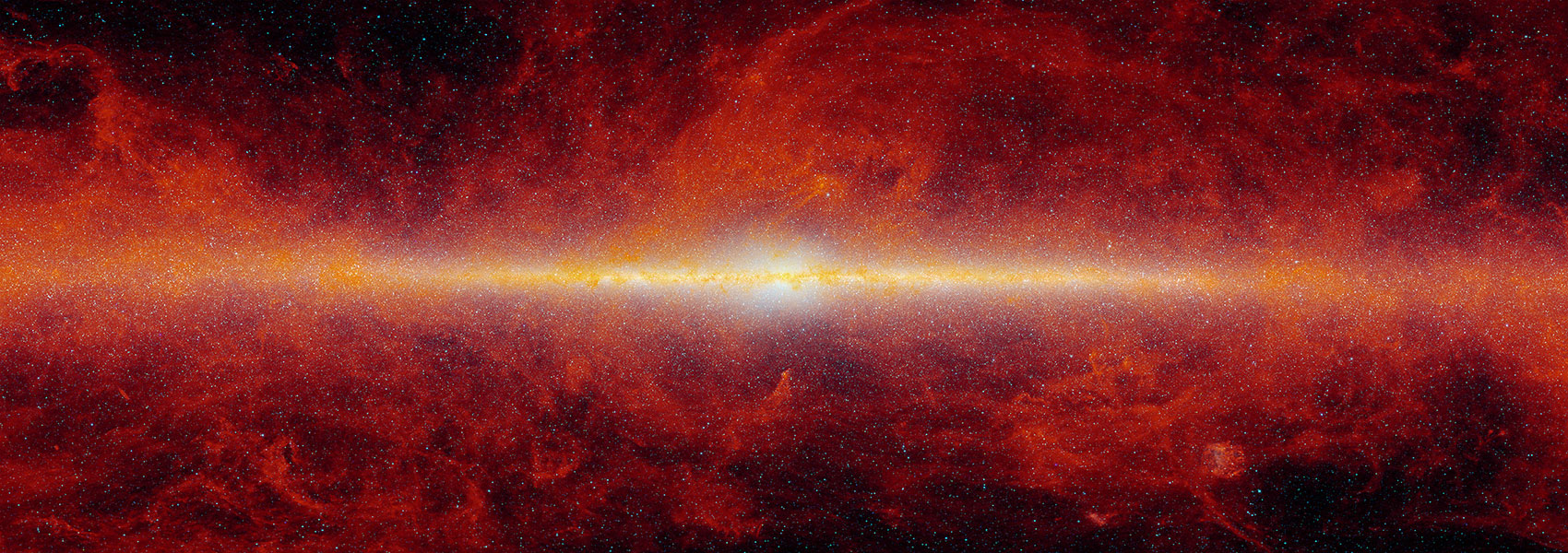December
2013
•
2013MNRAS.436.3614S
Authors
•
Shivvers, Isaac
•
Mazzali, Paolo
•
Silverman, Jeffrey M.
•
Botyánszki, János
•
Cenko, S. Bradley
•
Filippenko, Alexei V.
•
Kasen, Daniel
•
Van Dyk, Schuyler D.
•
Clubb, Kelsey I.
Abstract
•
We present nebular spectra of the nearby Type IIb supernova (SN) 2011dh taken between 201 and 678 d after core collapse. At these late times, SN 2011dh exhibits strong emission lines including a broad and persistent Hα feature. New models of the nebular spectra confirm that the progenitor of SN 2011dh was a low-mass giant (M ≈ 13-15 M⊙) that ejected ∼ 0.07 M⊙ of 56Ni and ∼ 0.27 M⊙ of oxygen at the time of explosion, consistent with the recent disappearance of a candidate yellow supergiant progenitor. We show that light from the SN location is dominated by the fading SN at very late times (∼ 2 yr) and not, for example, by a binary companion or a background source. We present evidence for interaction between the expanding SN blast wave and a circumstellar medium at late times and show that the SN is likely powered by positron deposition ≳1 yr after explosion. We also examine the geometry of the ejecta and show that the nebular line profiles of SN 2011dh indicate a roughly spherical explosion with aspherical components or clumps.
Links



